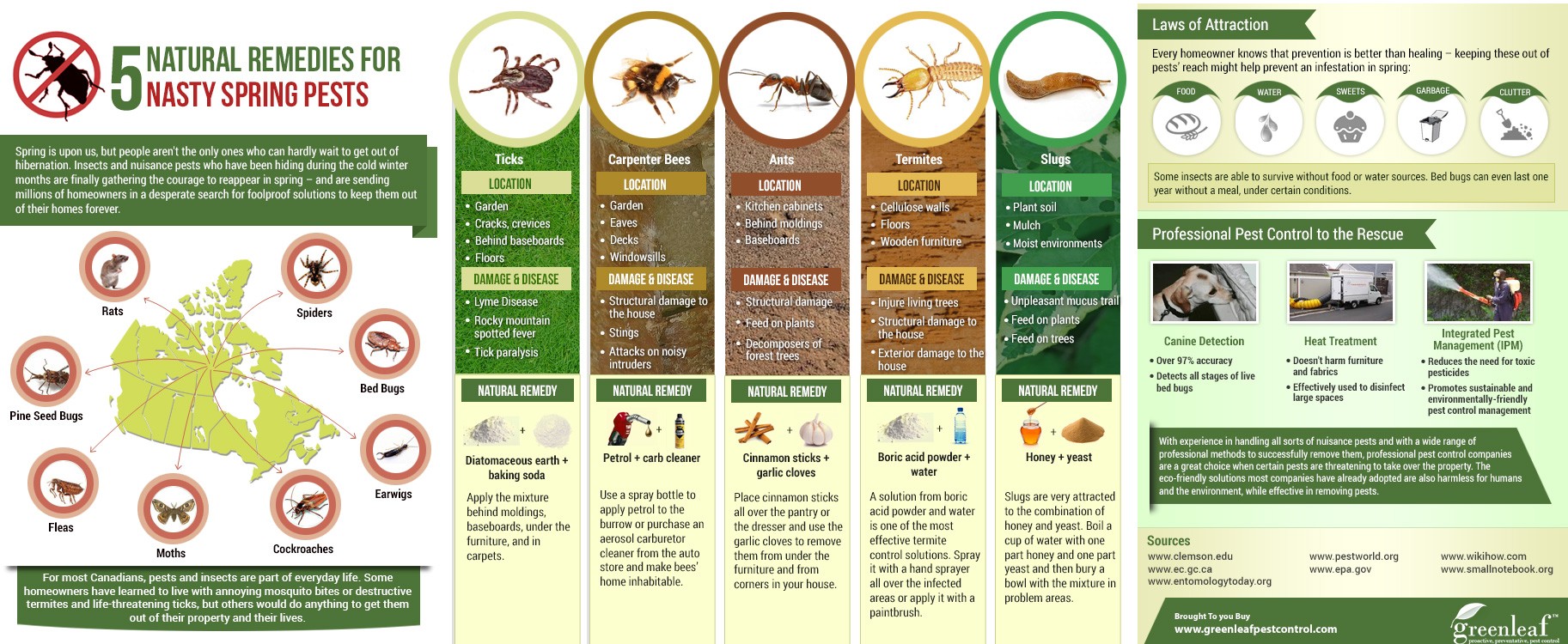Rodent-Proofing Your Attic: Vital Tips For Homeowners
Rodent-Proofing Your Attic: Vital Tips For Homeowners
Blog Article
Article Written By-Jenkins Blankenship
Envision your attic room as a cozy Airbnb for rodents, with insulation as fluffy as resort pillows and circuitry extra tempting than area service. Now, visualize these unwanted guests tossing a wild party in your house while you're away. As a property owner, guaranteeing your attic is rodent-proof is not practically assurance; it's about shielding your property and enjoyed ones. So, what straightforward actions can you take to guard your refuge from these furry intruders?
Evaluate for Entry Information
To begin rodent-proofing your attic, examine for entrance points. Start by thoroughly checking out the exterior of your home, trying to find any kind of openings that rats can use to access to your attic. Check for voids around energy lines, vents, and pipes, along with any kind of splits or holes in the structure or house siding. Make sure to pay close attention to areas where various structure products satisfy, as these prevail entrance factors for rats.
In addition, evaluate the roof covering for any kind of damaged or missing shingles, in addition to any kind of voids around the sides where rodents could press via. Inside the attic, try to find indicators of existing rodent activity such as droppings, ate wires, or nesting products. Utilize a flashlight to completely check dark edges and hidden rooms.
Seal Cracks and Gaps
Evaluate your attic room extensively for any type of cracks and spaces that need to be sealed to prevent rats from getting in. Rats can press via even the smallest openings, so it's essential to secure any possible entry points. Check around pipes, vents, wires, and where the wall surfaces fulfill the roof covering. Use a combination of steel wool and caulking to seal these openings properly. Steel wool is an excellent deterrent as rats can't eat through it. Make sure that all gaps are firmly sealed to refute access to unwanted bugs.
Don't ignore the value of sealing voids around doors and windows also. Usage climate removing or door moves to seal these areas efficiently. Inspect the locations where energy lines enter the attic room and seal them off utilizing an appropriate sealant. By taking the time to secure all cracks and voids in your attic room, you develop an obstacle that rats will certainly discover difficult to breach. Prevention is type in rodent-proofing your attic room, so be comprehensive in your efforts to seal off any type of potential entry factors.
Eliminate Food Sources
Take positive procedures to get rid of or save all potential food sources in your attic room to hinder rodents from infesting the room. Rats are brought in to food, so removing their food resources is crucial in maintaining them out of your attic.
Below's what diy pest control can do:
1. ** Store food securely **: Avoid leaving any type of food products in the attic. Store all food in impermeable containers made from metal or sturdy plastic to stop rodents from accessing them.
2. ** Tidy up particles **: Eliminate any type of heaps of debris, such as old papers, cardboard boxes, or wood scraps, that rodents could make use of as nesting product or food resources. Keep the attic clutter-free to make it less attractive to rats.
3. ** Dispose of garbage effectively **: If you use your attic for storage space and have garbage or waste up there, ensure to throw away it regularly and effectively. Rotting ewert pest control can attract rodents, so keep the attic clean and without any type of natural waste.
Verdict
Finally, keep in mind that an ounce of avoidance deserves a pound of cure when it concerns rodent-proofing your attic.
By making the effort to inspect for entrance factors, seal fractures and voids, and eliminate food resources, you can maintain unwanted parasites away.
Remember, 'An ounce of prevention is worth an extra pound of cure' - Benjamin Franklin.
Remain proactive and protect your home from rodent invasions.
